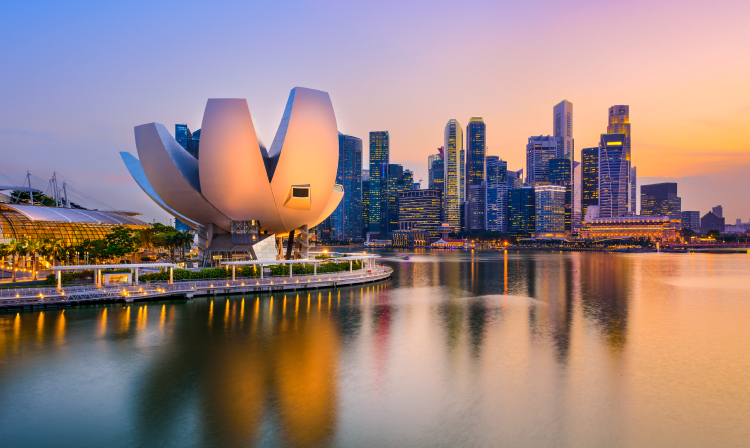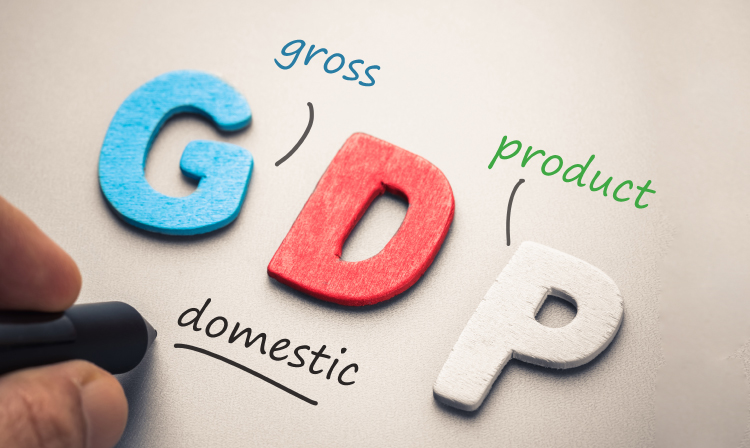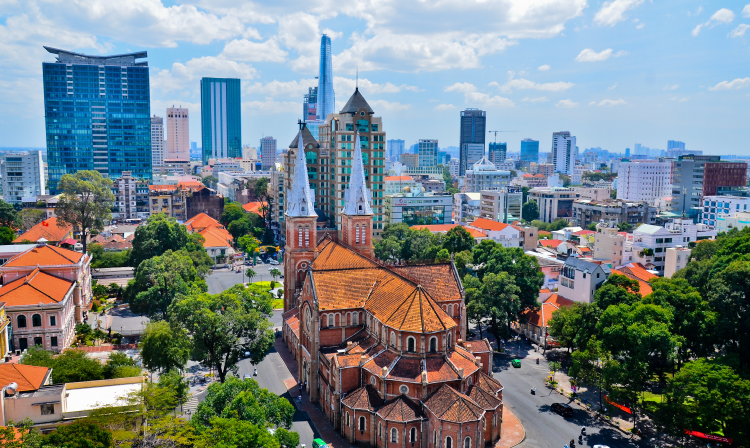- Notifications
We will only notify the newest and revelant news to you.
Southeast Asia, a locale known for its dynamic societies and energetic economies, shows a wide run of financial exhibitions as prove by changing GDP per capita figures and development rates. This difference highlights the interesting challenges and openings confronting the nations inside this locale. Here, we investigate the GDP per capita positioning over Southeast Asia, dive into the variables affecting these figures, and analyze the GDP development rates by country.
GDP per capita is regularly utilized as a degree of a country's financial yield that accounts for its number of individuals. It successfully compares living measures over nations and can reflect the financial wellbeing and success of a country. In Southeast Asia, the difference in GDP per capita is checked, appearing a clear separate between more created and less created economies:

GDP Per Capita Ranking in Southeast Asia
The patterns in GDP per capita over Southeast Asia are affected by different variables counting financial approaches, political soundness, outside speculation, mechanical progression, and infrastructural improvement. Nations like Singapore and Brunei advantage from steady political situations and vital financial arranging. Singapore’s center on making a high-value benefit division and Brunei’s dependence on oil have situated them well over their peers.
Conversely, countries like Cambodia, Laos, and Myanmar confront critical challenges such as constrained infrastructural offices, lower levels of industrialization, and political issues that prevent their financial advance. In any case, these nations are steadily making strides their financial standings through changes and worldwide assistance.

Trends in Southeast Asia's GDP Per Capita
The GDP development rate is a imperative pointer of financial force, reflecting changes in the financial scene over time. In 2024, Southeast Asia’s development direction is impacted by worldwide financial conditions, territorial exchange flow, and inner developments:

Southeast Asia GDP Growth by Country
The financial scene of Southeast Asia in 2024 presents a complex embroidered artwork woven from differing financial capabilities and formative stages. Whereas nations like Singapore and Brunei proceed to lead in per capita pay, the fast development in Vietnam and consistent enhancements in Indonesia and the Philippines highlight the region’s potential. Tending to challenges such as wage difference, infrastructural lacks, and political insecurity will be pivotal for these countries to completely realize their financial potential. In the interim, continuous territorial participation and integration endeavors are anticipated to cultivate advance financial synergies and flexibility, situating Southeast Asia as a noteworthy player on the worldwide financial stage.
Latest news & insights from around the world brought to you by One IBC's experts